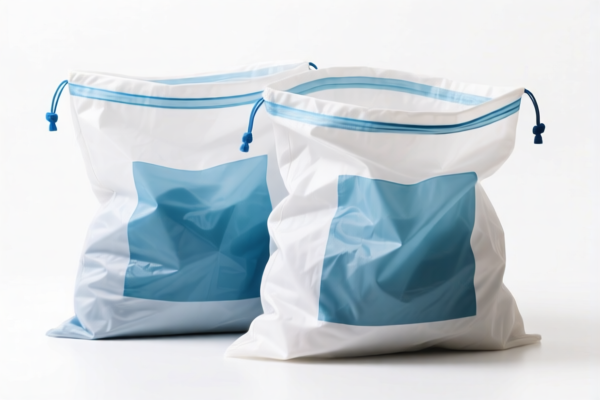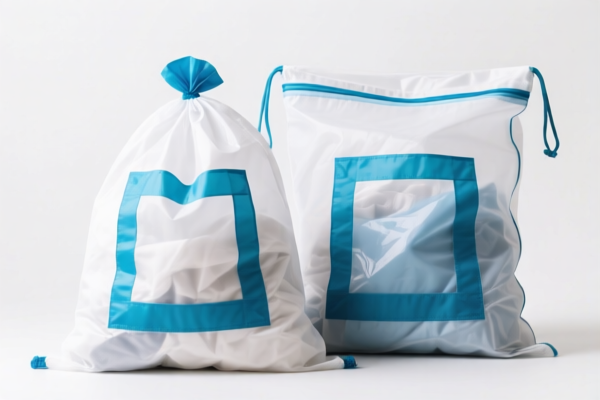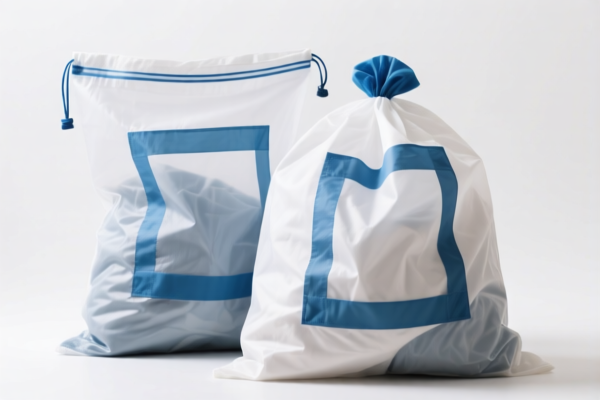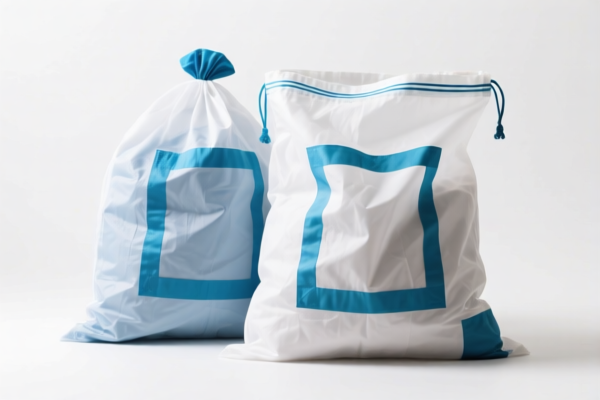| HS Code | Official Doc | Tariff Rate | Origin | Destination | Effective Date |
|---|---|---|---|---|---|
| 3825900100 | Doc | 55.0% | CN | US | 2025-05-12 |
| 3923210080 | Doc | 58.0% | CN | US | 2025-05-12 |




Okay, let's break down the HS codes and tax implications for your declared "POLY BAGS". Here's a structured analysis to help you understand the classification and potential duties:
Understanding the HS Codes
HS codes are internationally standardized system of names and numbers to classify traded products. The first six digits are generally harmonized globally, while the last digits can vary by country.
-
3825.90.01.00: Residual products of the chemical or allied industries, not elsewhere specified or included; municipal waste; sewage sludge; other wastes specified in note 6 to this chapter: Other
- 38: Chemicals and allied industries products. This broad category covers a wide range of chemical substances and by-products.
- 25: Residual products, waste, and sludge. This narrows it down to items that are by-products or waste materials from chemical processes.
- 90: Other. This indicates that the specific residual product isn't specifically listed elsewhere in the chapter.
- 01.00: Further specification within "Other".
Important Note: This HS code suggests your poly bags are being classified as waste or by-products of a chemical process. This is unusual for standard poly bags used for packaging. Please double-check if this is the correct classification. If these bags are made from virgin plastic and intended for general packaging, this HS code is likely incorrect.
-
3923.21.00.80: Articles for the conveyance or packing of goods, of plastics; stoppers, lids, caps and other closures, of plastics: Sacks and bags (including cones): Of polymers of ethylene Other: With no single side exceeding 75 mm in length
- 39: Plastics and articles thereof. This is the primary category for plastic products.
- 23: Packing or conveyance articles; stoppers, lids, caps and other closures. This narrows it down to items used for packaging or transporting goods.
- 21: Sacks and bags (including cones). This specifically identifies the product as plastic bags.
- 00.80: Further specification – bags made of polymers of ethylene (polyethylene) with no single side exceeding 75mm.
This HS code is the more typical classification for standard polyethylene poly bags used for packaging.
Tax Implications
Let's look at the tax details for each HS code:
-
3825.90.01.00 (Residual Products)
- Basic Duty: 0.0%
- Additional Duty: 25.0%
- Post April 2, 2025: Additional Duty increases to 30.0%
- Total Tax: 55.0%
-
3923.21.00.80 (Plastic Bags)
- Basic Duty: 3.0%
- Additional Duty: 25.0%
- Post April 2, 2025: Additional Duty increases to 30.0%
- Total Tax: 58.0%
Recommendations & Key Considerations
-
Verify HS Code Accuracy: Crucially, confirm the correct HS code. If your poly bags are standard packaging bags made from virgin polyethylene, the 3923.21.00.80 code is likely the appropriate one. Using the wrong HS code can lead to significant issues with customs clearance, penalties, and unexpected duties. Provide more details about the manufacturing process and intended use of the bags if you're unsure.
-
Material Composition: The HS code 3923.21.00.80 specifically mentions "polymers of ethylene." Ensure your bags are indeed made of polyethylene (LDPE, HDPE, LLDPE). If other plastics are used, a different HS code may apply.
-
Bag Dimensions: The HS code 3923.21.00.80 specifies bags with no single side exceeding 75mm. If your bags are larger, you'll need to use a different HS code within the 3923 chapter.
-
Single or Multi-Layer: If the bags are multi-layered, the material composition of each layer needs to be considered for HS code classification.
-
Import Documentation: Ensure your commercial invoice and packing list accurately describe the goods, including material composition, dimensions, and intended use.
-
Post April 2, 2025 Duty Increase: Be aware of the upcoming duty increase on April 2, 2025. Plan your imports accordingly.
-
Certifications: Depending on the end-use of the bags (e.g., food packaging), you may need specific certifications (e.g., FDA compliance, food-grade certificates). Check the import regulations of your destination country.
To help me provide more accurate advice, please tell me:
- What is the primary material of the poly bags?
- What are the dimensions of the bags (length, width, thickness)?
- What is the intended use of the bags (e.g., packaging food, industrial use, retail)?
- Are the bags made from recycled plastic?
- Are the bags single-layer or multi-layer?
Disclaimer: I am an AI assistant and cannot provide definitive customs advice. This information is for general guidance only. Always consult with a qualified customs broker or import specialist for specific advice related to your situation.
Customer Reviews
The page gave a clear breakdown of the 58% tariff for 3923.21.00.80, but I wish there was more guidance on how to determine the exact dimensions for classification.
Great information on the difference between HS codes for poly bags. The note about the 3825 code being for waste was a wake-up call to double-check my classification.
The tariff rate breakdown for 3825.90.01.00 was really helpful. It made me realize the importance of confirming the correct HS code to avoid unexpected duties.
Detailed explanation of HS code 3923.21.00.80 for plastic poly bags. Perfect for understanding the correct classification for exporting to the US.